Discovering Cambodia's Culinary Treasures: Amok, Bai Sach Chrouk, And Samlor Korko
22-08-2024
Cambodia, a Southeast Asian gem known for its rich history and vibrant culture, also boasts a culinary heritage that is both diverse and delicious. Among the plethora of Cambodian dishes, Amok, Bai Sach Chrouk, and Samlor Korkor stand out as quintessential representations of the nation's unique gastronomic identity. In this blog post, we will delve into the intricacies of these iconic dishes, exploring their ingredients, preparation methods, and cultural significance.
Amok is often hailed as Cambodia's national dish. This traditional dish is a testament to the country's love for rich, aromatic flavors and its deep connection to the Mekong River, where freshwater fish are abundant. Amok is not just a dish; it is a culinary experience that encapsulates the essence of Cambodian cuisine. Traditionally, Amok is prepared during festive occasions and is a staple in both rural and urban Cambodian kitchens.
Amok is typically made with fish, although chicken or tofu can also be used. The key to a perfect Amok lies in its creamy coconut curry base, which is infused with a fragrant spice paste known as kroeung. Here’s a detailed look at the ingredients and preparation process:
Amok is characterized by its rich, creamy texture and aromatic flavor profile. The combination of coconut milk and kroeung gives it a unique taste that is both comforting and exotic. The steamed banana leaf parcels not only enhance the aroma but also provide a beautiful presentation, making Amok a feast for both the eyes and the palate.

Bai Sach Chrouk, or grilled pork with rice, is a beloved breakfast dish in Cambodia. It is a simple yet flavorful meal that reflects the Cambodian approach to cooking—utilizing fresh, local ingredients to create dishes that are both nutritious and delicious. Bai Sach Chrouk is typically sold by street vendors in the early morning hours, making it a popular choice for Cambodians on the go.
Bai Sach Chrouk is made with marinated pork, which is grilled to perfection and served over a bed of fragrant rice. The dish is often accompanied by pickled vegetables and a side of broth. Here’s how it is prepared:
Bai Sach Chrouk is a harmonious blend of sweet, savory, and smoky flavors. The marinade gives the pork a caramelized crust while keeping the meat tender and juicy. The pickled vegetables add a refreshing crunch, balancing the richness of the grilled pork. Served over a bed of fragrant jasmine rice, Bai Sach Chrouk is a comforting and satisfying meal that is sure to delight.

Samlor Korkor is another beloved dish in Cambodian cuisine, often referred to as the "mother of all Cambodian soups." This hearty and nutritious stew is enjoyed across Cambodia and is known for its versatility and rich, complex flavors. Traditionally made with a variety of vegetables, fish, or pork, Samlor Korkor is a staple in Cambodian households, especially during family gatherings and special occasions.
The beauty of Samlor Korkor lies in its flexibility—almost any combination of meat and vegetables can be used. The dish typically includes a mix of green papaya, eggplant, long beans, and a fragrant spice paste called kroeung. Here’s how it is prepared:
Samlor Korkor is a flavor-packed stew that combines the earthy sweetness of vegetables with the savory depth of the kroeung paste. The rice powder adds a unique texture, making the stew hearty and satisfying. Served in a large bowl, Samlor Korkor is typically enjoyed with steamed rice, providing a comforting and nourishing meal.

Amok, Bai Sach Chrouk, and Samlor Korkor showcase the diversity and richness of Cambodian ingredients and culinary techniques. The use of kroeung in both Amok and Samlor Korkor highlights the importance of fresh herbs and spices in Cambodian cooking, while the grilling technique used in Bai Sach Chrouk reflects the country's love for smoky, charred flavors. Coconut milk, fish sauce, and palm sugar are staples in Cambodian cuisine, adding depth and complexity to many dishes.
In Cambodia, food is often shared among family and friends, with multiple dishes served at the same time. This communal style of dining fosters a sense of togetherness and allows diners to experience a variety of flavors and textures in one meal. Amok, Bai Sach Chrouk, and Samlor Korkor are often enjoyed with other traditional dishes, creating a balanced and harmonious dining experience.
While traditional recipes are cherished, modern Cambodian chefs are also experimenting with new interpretations of classic dishes. Amok can now be found with variations using chicken or tofu, catering to different dietary preferences. Similarly, Bai Sach Chrouk is sometimes served with additional sides like fresh herbs or spicy sauces, adding a contemporary twist to the classic breakfast dish. Samlor Korkor also sees variations with different meats and vegetables, showcasing the dish's versatility.

Cambodia's culinary heritage is a rich tapestry of flavors, ingredients, and traditions. Amok, Bai Sach Chrouk, and Samlor Korkor are prime examples of the country's diverse cuisine, each offering a unique taste experience that reflects the Cambodian way of life. Whether you are enjoying the creamy, aromatic flavors of Amok, savoring the smoky, caramelized goodness of Bai Sach Chrouk, or delighting in the hearty, nutritious Samlor Korkor, you are sure to be transported to the heart of Cambodia with every bite.
Exploring these dishes is not just about satisfying your taste buds; it is also about understanding and appreciating the cultural significance behind each recipe. So, the next time you find yourself in Cambodia or at a Cambodian restaurant, be sure to try Amok, Bai Sach Chrouk, and Samlor Korkor. These dishes are more than just food—they are a celebration of Cambodia's culinary artistry and its rich cultural heritage.
Amok: The Quintessential Cambodian Curry
Origins And Cultural Significance
Amok is often hailed as Cambodia's national dish. This traditional dish is a testament to the country's love for rich, aromatic flavors and its deep connection to the Mekong River, where freshwater fish are abundant. Amok is not just a dish; it is a culinary experience that encapsulates the essence of Cambodian cuisine. Traditionally, Amok is prepared during festive occasions and is a staple in both rural and urban Cambodian kitchens.
Ingredients And Preparation
Amok is typically made with fish, although chicken or tofu can also be used. The key to a perfect Amok lies in its creamy coconut curry base, which is infused with a fragrant spice paste known as kroeung. Here’s a detailed look at the ingredients and preparation process:
Ingredients:
- Fish: Freshwater fish like catfish or snakehead fish are commonly used.
- Kroeung: A spice paste made from lemongrass, galangal, turmeric, garlic, shallots, and kaffir lime leaves.
- Coconut milk: Provides the creamy texture.
- Eggs: Used to thicken the curry.
- Fish sauce and palm sugar: For seasoning.
- Banana leaves: Traditionally used for steaming.
Preparation:
- Make the Kroeung: Pound lemongrass, galangal, turmeric, garlic, shallots, and kaffir lime leaves into a fine paste.
- Prepare the Curry Base: Mix the kroeung with coconut milk, fish sauce, and palm sugar. Add beaten eggs to the mixture.
- Combine with Fish: Cut the fish into bite-sized pieces and mix them with the curry base.
- Steam in Banana Leaves: Spoon the mixture into banana leaves, fold them into small parcels, and steam until the fish is cooked and the flavors meld together.
Taste And Presentation
Amok is characterized by its rich, creamy texture and aromatic flavor profile. The combination of coconut milk and kroeung gives it a unique taste that is both comforting and exotic. The steamed banana leaf parcels not only enhance the aroma but also provide a beautiful presentation, making Amok a feast for both the eyes and the palate.

Bai Sach Chrouk: A Beloved Breakfast Dish
Origins And Cultural Significance
Bai Sach Chrouk, or grilled pork with rice, is a beloved breakfast dish in Cambodia. It is a simple yet flavorful meal that reflects the Cambodian approach to cooking—utilizing fresh, local ingredients to create dishes that are both nutritious and delicious. Bai Sach Chrouk is typically sold by street vendors in the early morning hours, making it a popular choice for Cambodians on the go.
Ingredients And Preparation
Bai Sach Chrouk is made with marinated pork, which is grilled to perfection and served over a bed of fragrant rice. The dish is often accompanied by pickled vegetables and a side of broth. Here’s how it is prepared:
Ingredients:
- Pork: Thinly sliced, usually marinated overnight.
- Marinade: A mixture of garlic, soy sauce, coconut milk, and palm sugar.
- Rice: Steamed jasmine rice.
- Pickled vegetables: Typically includes cucumber and carrot.
- Broth: A light, savory broth served on the side.
Preparation:
- Marinate the Pork: Combine garlic, soy sauce, coconut milk, and palm sugar to create the marinade. Coat the pork slices and let them marinate overnight.
- Grill the Pork: Grill the marinated pork over charcoal until it is caramelized and tender.
- Prepare the Rice: Steam the jasmine rice until it is fluffy and fragrant.
- Serve: Arrange the grilled pork slices over the rice and garnish with pickled vegetables. Serve with a side of broth.
Taste And Presentation
Bai Sach Chrouk is a harmonious blend of sweet, savory, and smoky flavors. The marinade gives the pork a caramelized crust while keeping the meat tender and juicy. The pickled vegetables add a refreshing crunch, balancing the richness of the grilled pork. Served over a bed of fragrant jasmine rice, Bai Sach Chrouk is a comforting and satisfying meal that is sure to delight.

Samlor Korko: The Versatile Cambodian Stew
Origins And Cultural Significance
Samlor Korkor is another beloved dish in Cambodian cuisine, often referred to as the "mother of all Cambodian soups." This hearty and nutritious stew is enjoyed across Cambodia and is known for its versatility and rich, complex flavors. Traditionally made with a variety of vegetables, fish, or pork, Samlor Korkor is a staple in Cambodian households, especially during family gatherings and special occasions.
Ingredients And Preparation
The beauty of Samlor Korkor lies in its flexibility—almost any combination of meat and vegetables can be used. The dish typically includes a mix of green papaya, eggplant, long beans, and a fragrant spice paste called kroeung. Here’s how it is prepared:
Ingredients:
- Meat: Fish, pork, or chicken.
- Vegetables: Green papaya, eggplant, long beans, and spinach.
- Kroeung: A paste made from lemongrass, galangal, turmeric, garlic, and shallots.
- Rice powder: Used as a thickening agent.
- Fish sauce and palm sugar: For seasoning.
Preparation:
- Make the Kroeung: Blend lemongrass, galangal, turmeric, garlic, and shallots into a paste.
- Cook the Meat: Brown the meat in a pot and then add the kroeung paste, stirring until fragrant.
- Add Vegetables: Add the vegetables to the pot and stir well.
- Thicken the Soup: Mix rice powder with water to form a slurry and add it to the pot to thicken the stew.
- Simmer: Add fish sauce and palm sugar, then simmer until the vegetables are tender and the flavors have melded together.
Taste And Presentation
Samlor Korkor is a flavor-packed stew that combines the earthy sweetness of vegetables with the savory depth of the kroeung paste. The rice powder adds a unique texture, making the stew hearty and satisfying. Served in a large bowl, Samlor Korkor is typically enjoyed with steamed rice, providing a comforting and nourishing meal.

The Broader Culinary Context
Ingredients And Techniques
Amok, Bai Sach Chrouk, and Samlor Korkor showcase the diversity and richness of Cambodian ingredients and culinary techniques. The use of kroeung in both Amok and Samlor Korkor highlights the importance of fresh herbs and spices in Cambodian cooking, while the grilling technique used in Bai Sach Chrouk reflects the country's love for smoky, charred flavors. Coconut milk, fish sauce, and palm sugar are staples in Cambodian cuisine, adding depth and complexity to many dishes.
Serving Traditions
In Cambodia, food is often shared among family and friends, with multiple dishes served at the same time. This communal style of dining fosters a sense of togetherness and allows diners to experience a variety of flavors and textures in one meal. Amok, Bai Sach Chrouk, and Samlor Korkor are often enjoyed with other traditional dishes, creating a balanced and harmonious dining experience.
Modern Interpretations
While traditional recipes are cherished, modern Cambodian chefs are also experimenting with new interpretations of classic dishes. Amok can now be found with variations using chicken or tofu, catering to different dietary preferences. Similarly, Bai Sach Chrouk is sometimes served with additional sides like fresh herbs or spicy sauces, adding a contemporary twist to the classic breakfast dish. Samlor Korkor also sees variations with different meats and vegetables, showcasing the dish's versatility.

Conclusion
Cambodia's culinary heritage is a rich tapestry of flavors, ingredients, and traditions. Amok, Bai Sach Chrouk, and Samlor Korkor are prime examples of the country's diverse cuisine, each offering a unique taste experience that reflects the Cambodian way of life. Whether you are enjoying the creamy, aromatic flavors of Amok, savoring the smoky, caramelized goodness of Bai Sach Chrouk, or delighting in the hearty, nutritious Samlor Korkor, you are sure to be transported to the heart of Cambodia with every bite.
Exploring these dishes is not just about satisfying your taste buds; it is also about understanding and appreciating the cultural significance behind each recipe. So, the next time you find yourself in Cambodia or at a Cambodian restaurant, be sure to try Amok, Bai Sach Chrouk, and Samlor Korkor. These dishes are more than just food—they are a celebration of Cambodia's culinary artistry and its rich cultural heritage.

How Not to Be Late for Your Cruise: A Complete Guide for Shore Excursion Travelers in Vietnam & Thailand

Top 10 Most Beautiful Islands in Southeast Asia for Beach Lovers
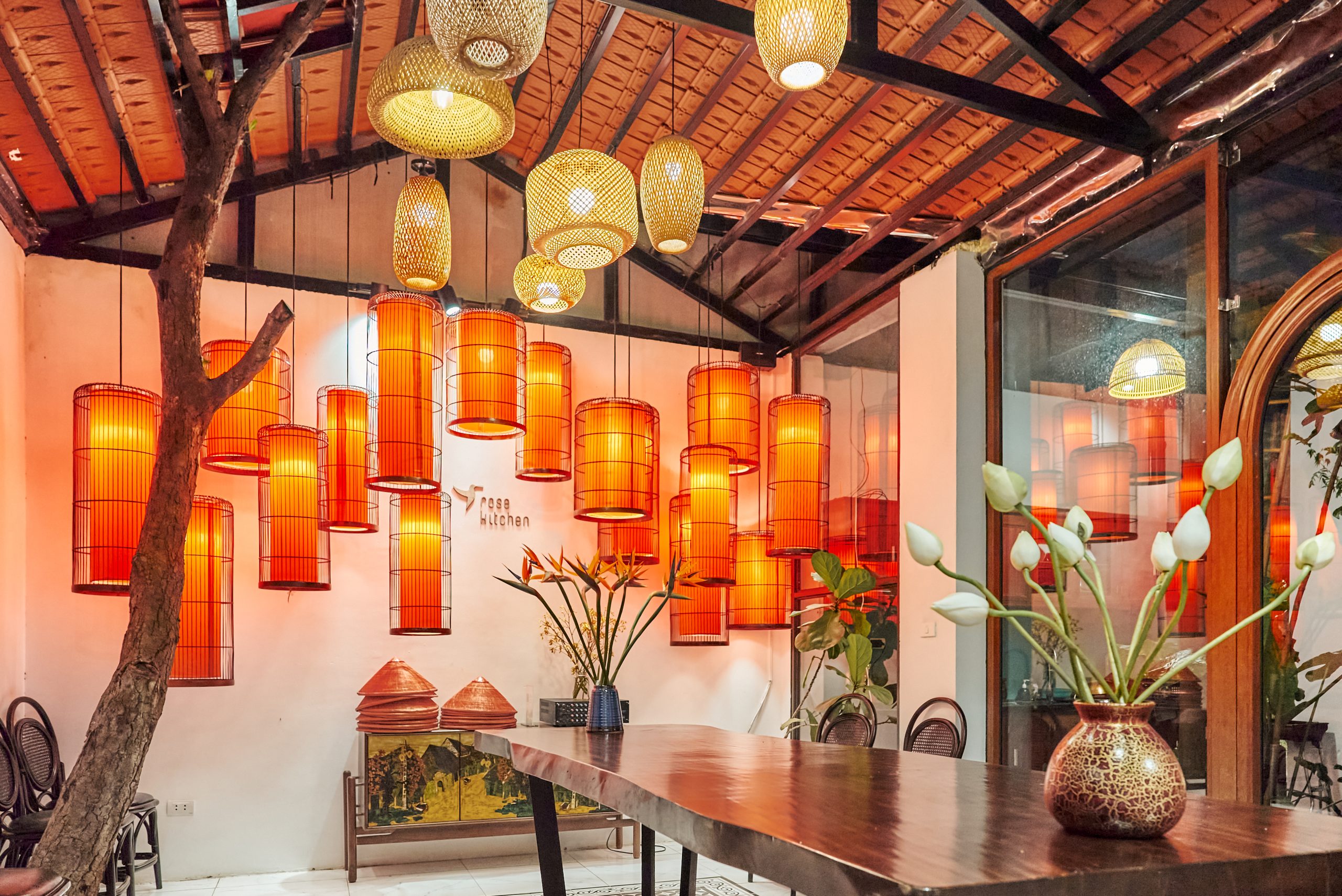
The Rise of Experiential Tourism: Travelers Now Prefer Direct Immersion Over Traditional Sightseeing

Vietnam’s Tourism Surge in 2024: Driving Growth and Innovation in the Post-Recovery Phase

A Culinary Journey Through Thailand: Exploring The Iconic Dishes Of Tom Yum, Pad Thai, And Green Curry
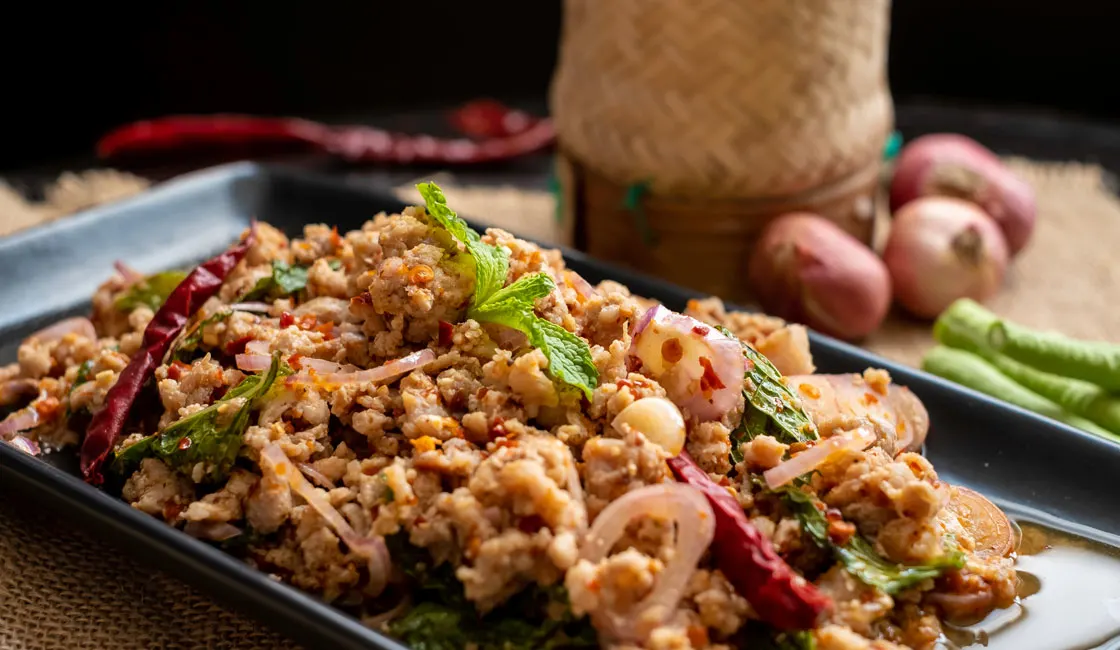
A Culinary Journey Through Laos: Traditional Dishes Larb, Khao Niaw, And Tam Mak Hoong
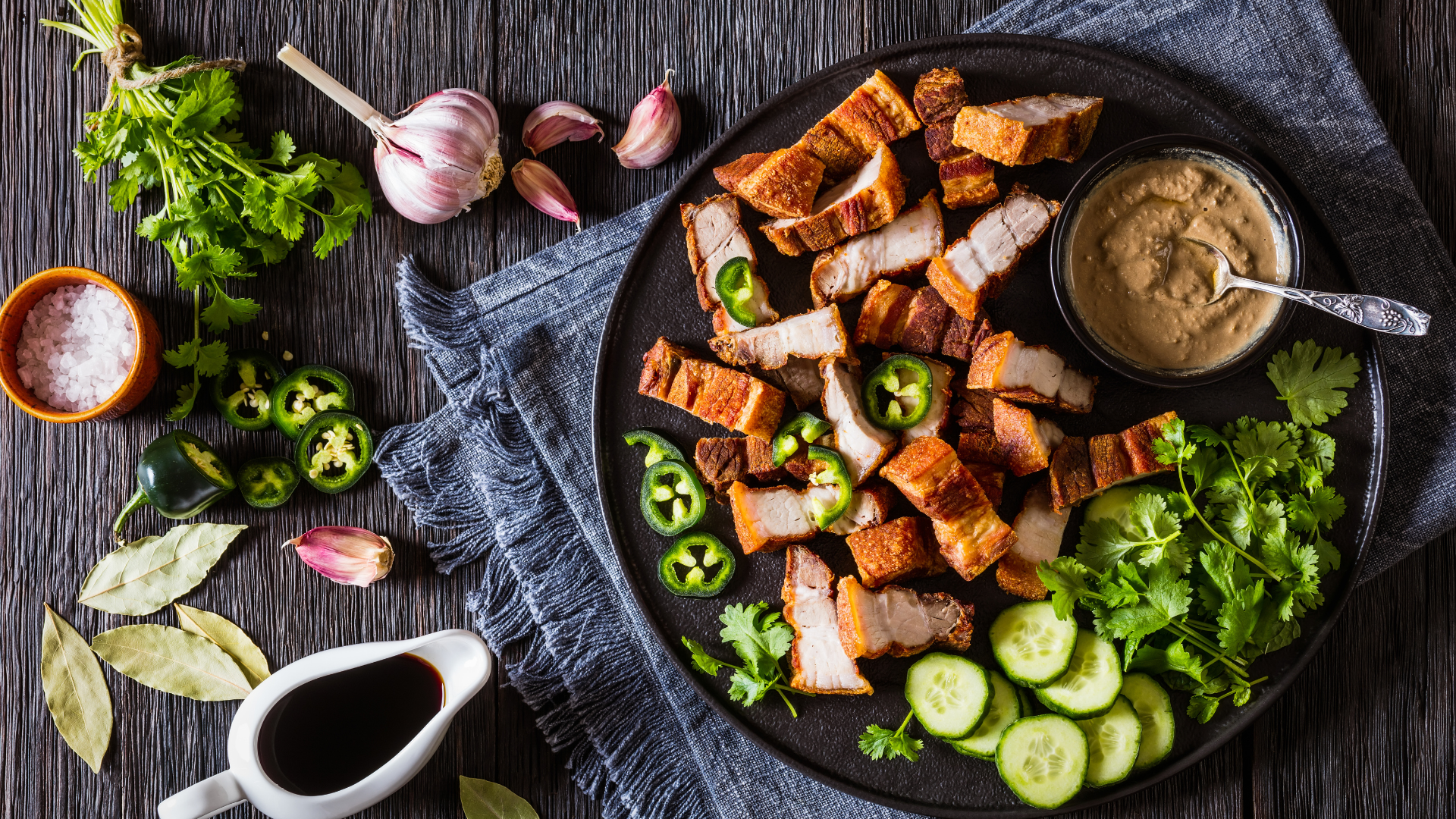
Discovering Cambodia’s Culinary Treasures: Amok, Bai Sach Chrouk, And Samlor Korko
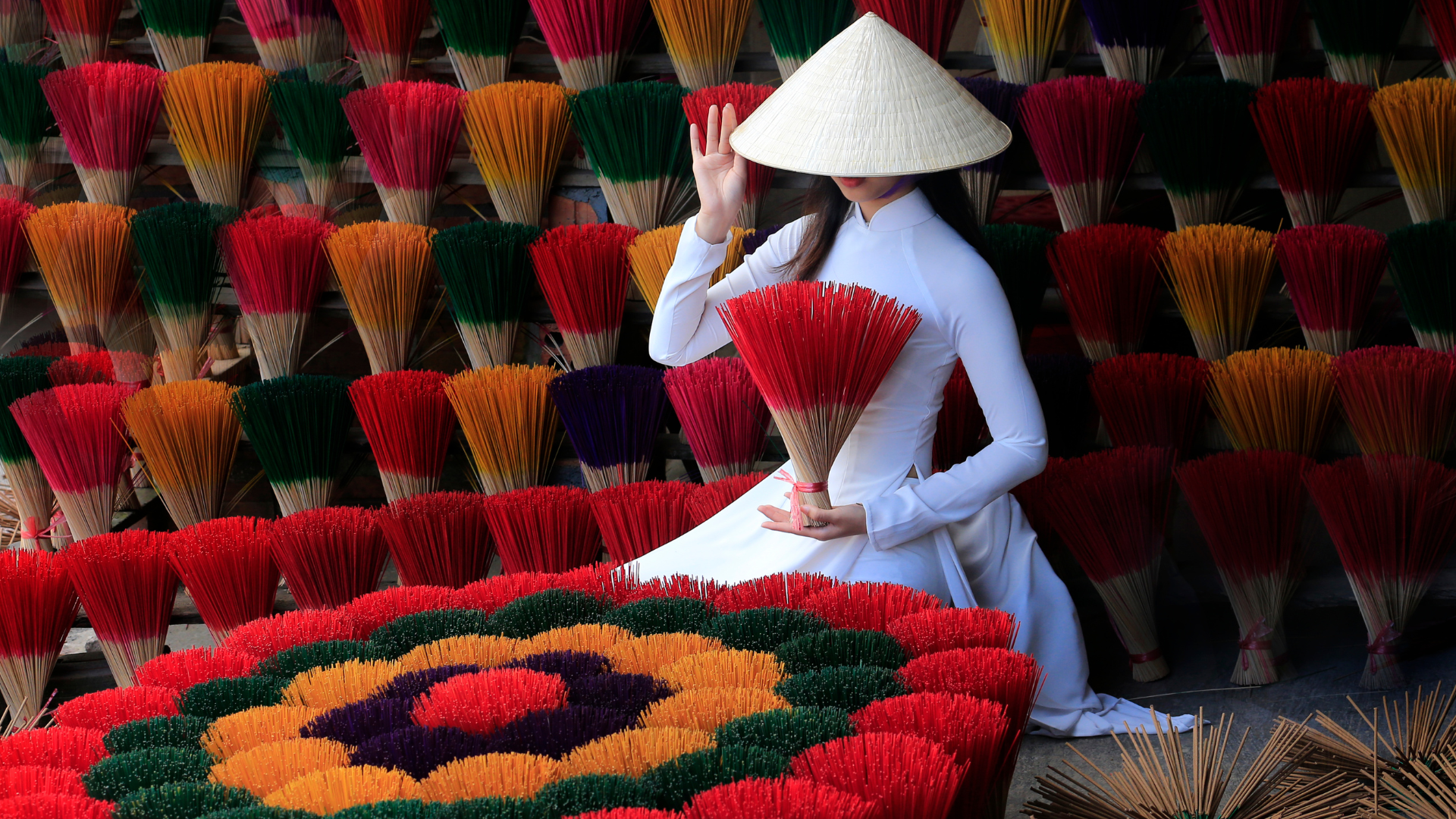
The Timeless Elegance of Áo Dài Việt Nam

Discovering Cambodia’s Culinary Treasures: Amok, Bai Sach Chrouk, And Samlor Korko
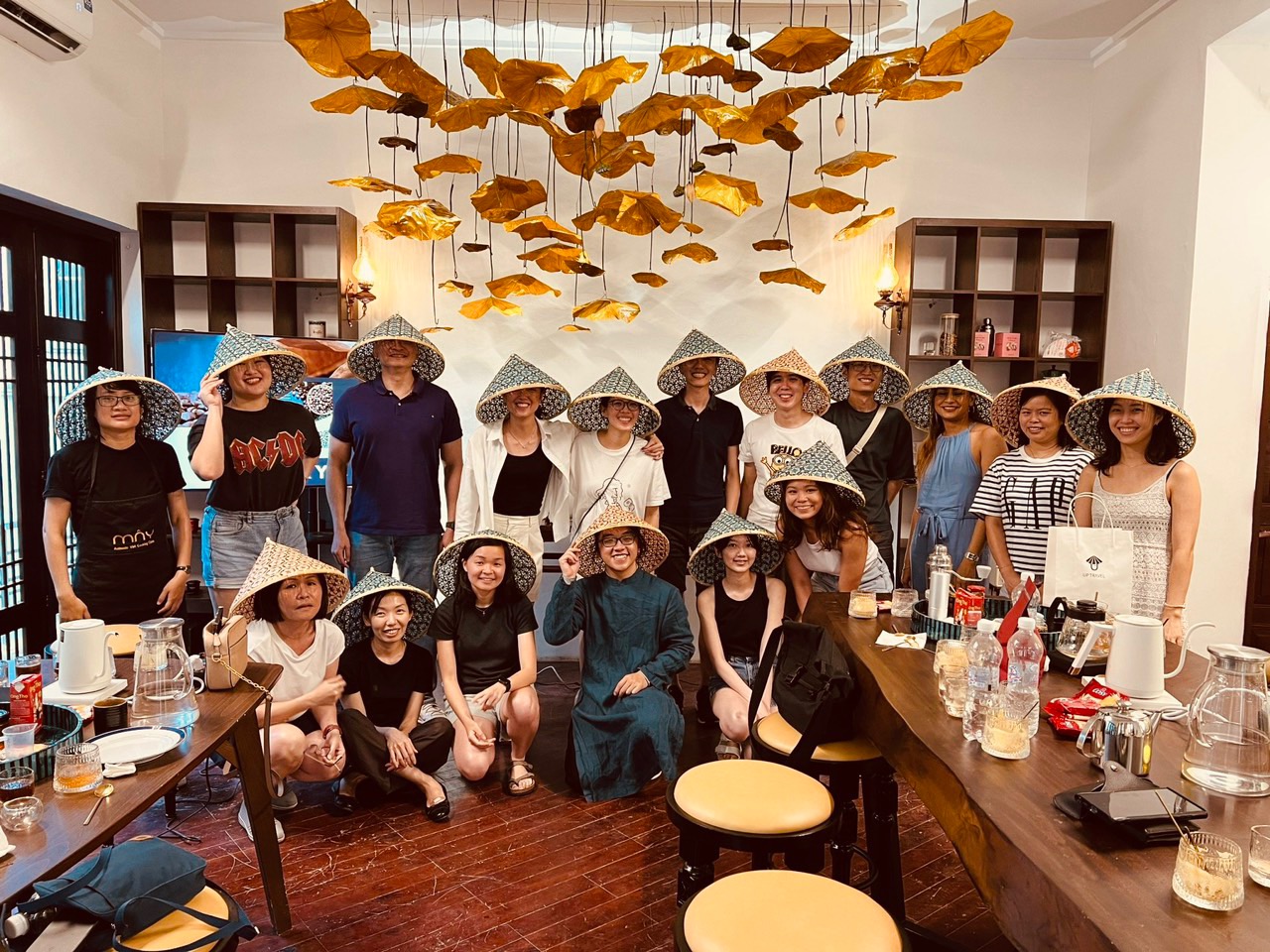
Su Quan Roastery Wins Traveler’s Choice Award 2024: A Journey of Excellence in Coffee Craftsmanship

Festivals in Laos: A Celebration of Culture and Traditions

Experience Laos at Its Finest: A Comprehensive Seasonal Travel Guide

A Guide to Transportation in Cambodia: Navigating the Kingdom of Wonder

Seasonal Guide to Cambodia: When to Go for the Best Experience

Exploring Transportation Options in Thailand: Your Ultimate Guide

Visa And Entry Requirements For Traveling Thailand

Best Time To Visit Viet Nam

A Culinary Journey Through Thailand: Exploring The Iconic Dishes Of Tom Yum, Pad Thai, And Green Curry

Discovering Cambodia’s Culinary Treasures: Amok, Bai Sach Chrouk, And Samlor Korko

A Culinary Journey Through Laos: Traditional Dishes Larb, Khao Niaw, And Tam Mak Hoong

The Timeless Elegance of Áo Dài Việt Nam

Traveling to Thailand: Navigating the Weather and Essential Preparations

Traditional Festivals in Cambodia: A Window into Culture and Spiritual Heritage

Exploring the Weather in Laos: What to Expect and How to Prepare

A Comprehensive Guide to Vietnam’s Weather and Travel Preparation

Exploring the Heart of Laos: A Journey Through Culture, Nature, and Heritage

Unveiling the Hidden Gems of Laos: A Journey Off the Beaten Path

A Guide to Transportation in Cambodia: Navigating the Kingdom of Wonder

Seasonal Guide to Cambodia: When to Go for the Best Experience

Exploring Transportation Options in Thailand: Your Ultimate Guide

Visa And Entry Requirements For Traveling Thailand

Transportation in Vietnam: A Comprehensive Guide

Visa And Entry Requirements For Traveling To Vietnam

Best Time To Visit Viet Nam
Subscribe for Insights
Enjoy updates, inspiration, and travel tips sent right to your inbox













